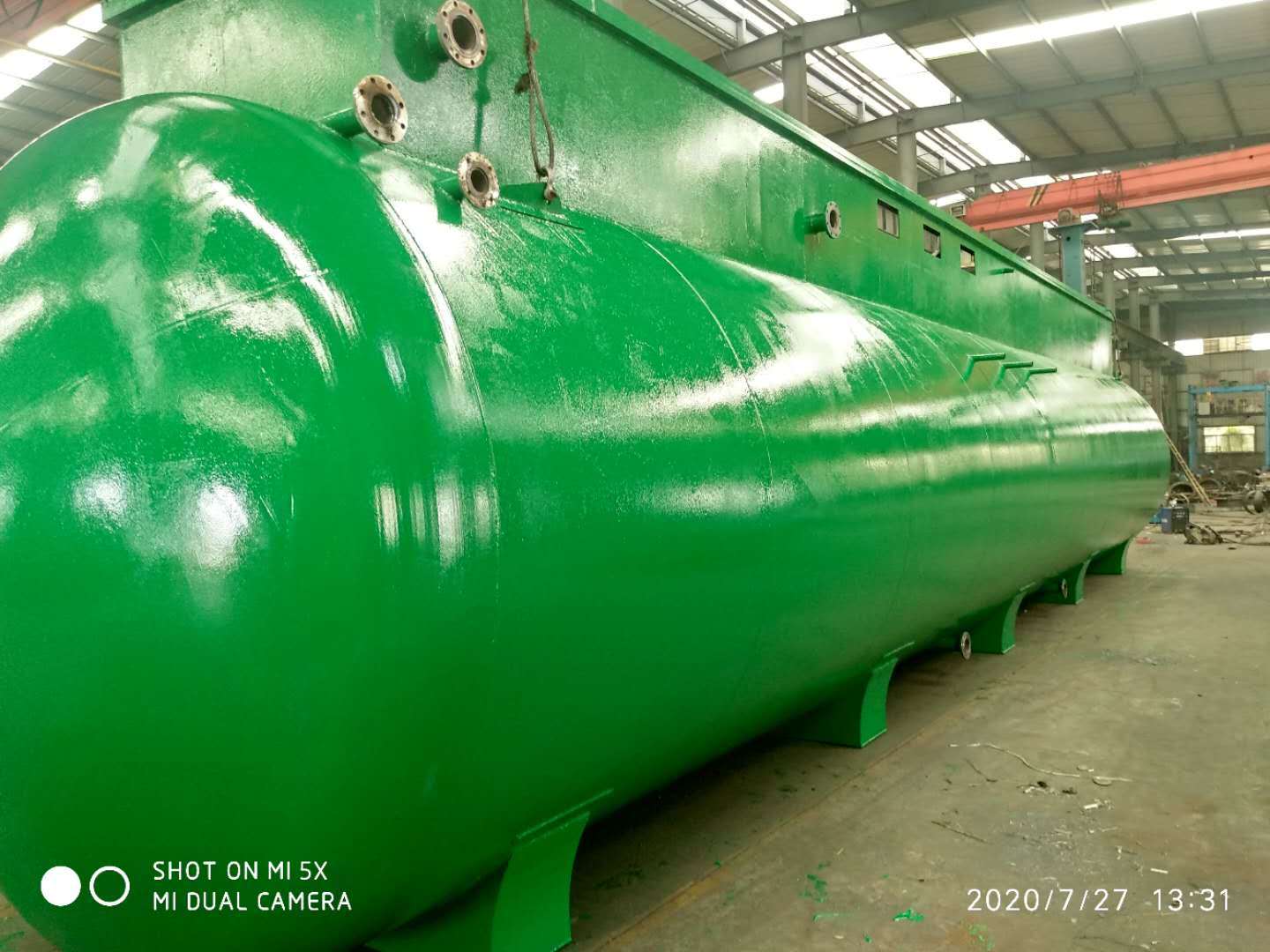Analysis of the main characteristics of stainless steel storage tanks!
2021-08-16
Stainless steel storage tanks require consideration not only of the size and placement of the CE certified tank, but also the materials used. Stainless steel is a common choice. Stainless steel storage tanks are robust, durable, cost-effective, and offer other advantages.

Here are some of the key advantages of stainless steel storage tanks:
Durability - A small crack can compromise the structural integrity of a stainless steel storage tank. Concrete tanks are prone to cracking, leading to leaks. Stainless steel tanks are leak-proof.
Recyclability - Stainless steel is considered an environmentally friendly material due to its use of natural resources and energy in its production. New stainless steel tanks are made up of approximately 60% to 70% recyclable materials. CE certified tanks made entirely of stainless steel are considered environmentally friendly and recyclable.
Hygiene - Stainless steel tanks are not only easy to clean but also more hygienic than CE certified tanks made from other materials. This is especially important for tanks holding water, food, or other products that must be kept clean and pure.
Customizability - Despite its durability, stainless steel can be bent, rolled, and shaped to meet various custom needs. Furthermore, stainless steel tanks can be designed in various diameters, lengths, and heights, offering flexibility for many industries with special storage requirements.
Durability - Stainless steel tanks maintain their shape and performance over extended periods and across a wide temperature range, particularly in cold temperatures. Furthermore, this material is less affected by ultraviolet (UV) light which can severely damage chemical tanks made from other materials.
Previous Page
Previous Page:








